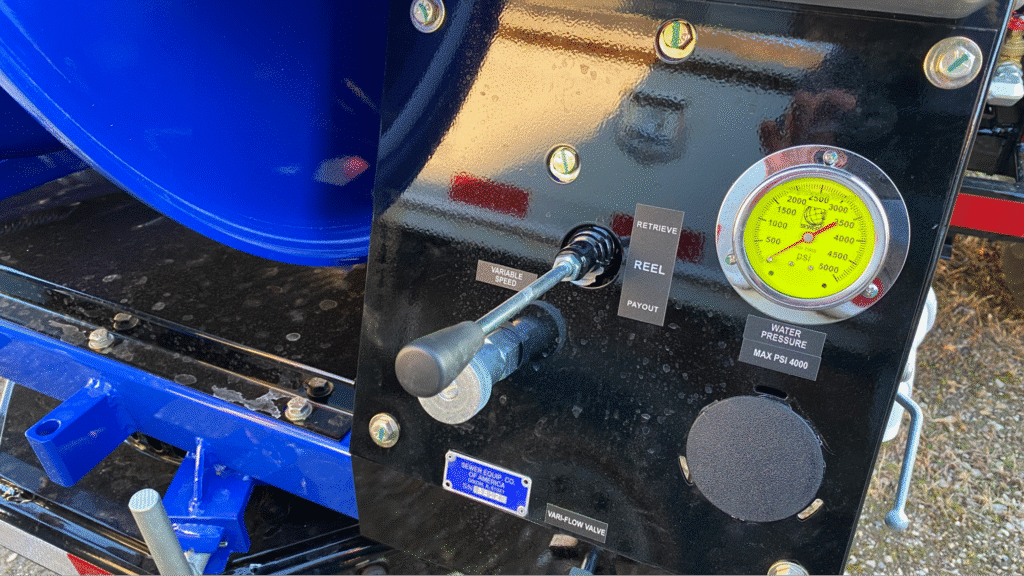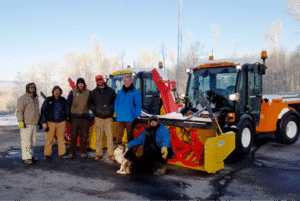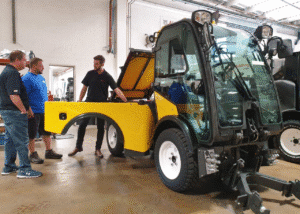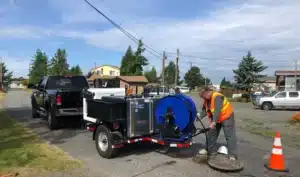Jetters are crucial for maintaining sewer and water systems, providing the power needed to clear blockages and keep pipelines operational. However, when pressure issues arise, operations can slow down and equipment efficiency may drop. This guide offers six practical steps to diagnose and resolve common jetter pressure problems, ensuring reliable performance and extending equipment life.
First—Know How to Select the Right Jetter for Your Application
Before we dive into troubleshooting jetter issues, it’s important to understand the importance of choosing the optimal sewer jetter equipment in the first place. Jetter selection involves balancing power, water capacity, and ease of operation. Municipalities often require more robust units for extensive sewer and wastewater lines, while smaller contractors might do well with a compact, maneuverable machine for tighter spaces.
Understanding your operational scope helps determine the right hose length, nozzle design, and pump rating. Equipment options range from simple trailer jetters to advanced truck-mounted models capable of handling heavy debris. Many organizations also evaluate durability and overall lifecycle costs, factoring in how often replacement parts or repairs might be needed.
If you need reliable sewer jetter solutions for demanding applications, consider exploring Brown Equipment Company’s sewer and hydro excavation offerings to see which models best align with your needs.
Common Causes of Sewer Jetter Pressure Issues
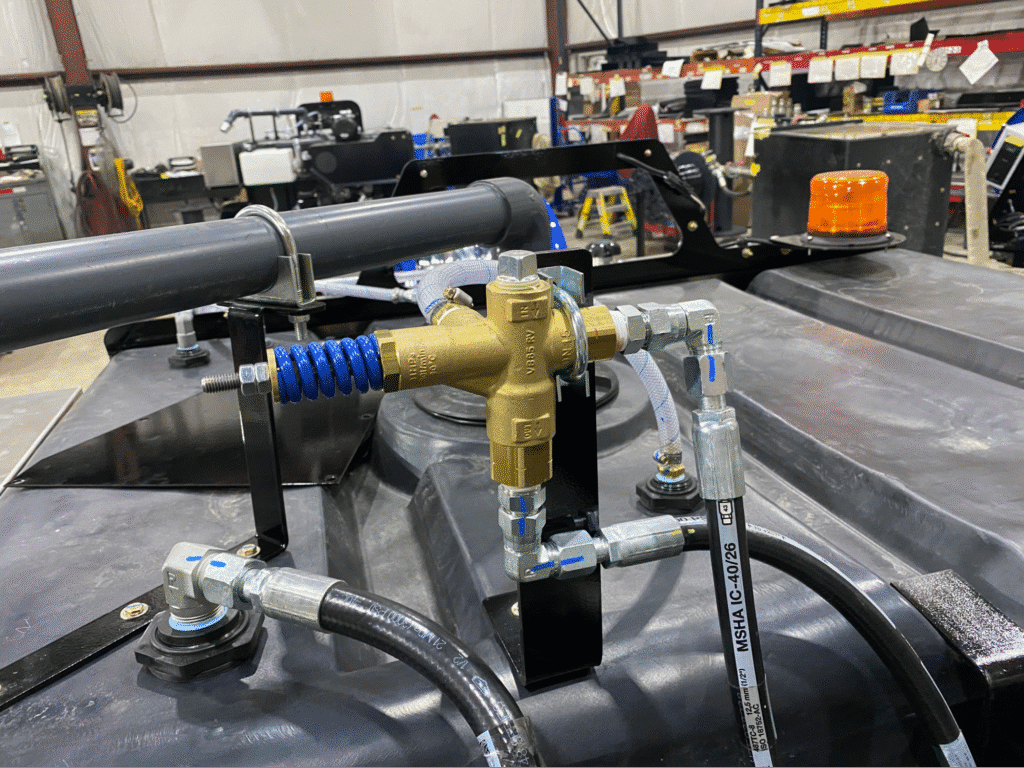
Troubles can emerge even after selecting the perfect sewer jetter, often affecting efficiency and performance. Thus, it’s essential to be equipped with troubleshooting knowledge to swiftly resolve pressure issues and maintain operational reliability. Understanding common problems and their solutions can ensure your equipment remains in top condition, extending its lifespan and functionality.
Sewer jetters rely on steady water pressure to clean debris effectively. When the pressure becomes inconsistent or drops, cleaning performance suffers and operational expenses can rise. Typical indicators of pressure issues include reduced water output, uneven spray patterns, and unusual pump noises. Addressing these problems early can help avoid extended downtime and costly repairs. Understanding the root causes and using a systematic troubleshooting approach is essential, especially for municipalities and contractors who depend on consistent equipment performance.
Pressure problems in sewer jetters can stem from several factors:
- Blocked Hoses or Nozzles: Debris, grease, or mineral deposits may restrict water flow.
- Worn or Damaged Nozzles: Over time, nozzles can degrade and alter spray patterns.
- Pump Wear or Malfunction: Irregular pressure, leaks, or unusual noises might indicate pump issues. If you need genuine replacements, check out our parts inventory for a wide selection of OEM options.
- Air Leaks: Loose fittings or cracked hoses can introduce air, disrupting water flow.
- Inadequate Water Supply: A weak or obstructed water source can limit pressure.
- Faulty Pressure Regulator: Miscalibration or damage may lead to fluctuating pressure.
Each of these causes requires careful evaluation during troubleshooting. For instance, a blocked nozzle might simply need routine cleaning, while pump malfunctions could require a more detailed inspection by experienced technicians.
Step-by-Step Troubleshooting Techniques
Approaching sewer jetter pressure issues methodically ensures effective resolutions and minimizes operational downtime. Begin by assessing the most apparent problems; for example, examine visible components for blockages or wear. Always carry out regular maintenance checks to preempt potential issues which could magnify if left unchecked. By following a systematic approach, including inspecting the pump, hoses, and nozzles, you can pinpoint the root cause of pressure discrepancies more efficiently, ensuring the long-term reliability of your equipment.
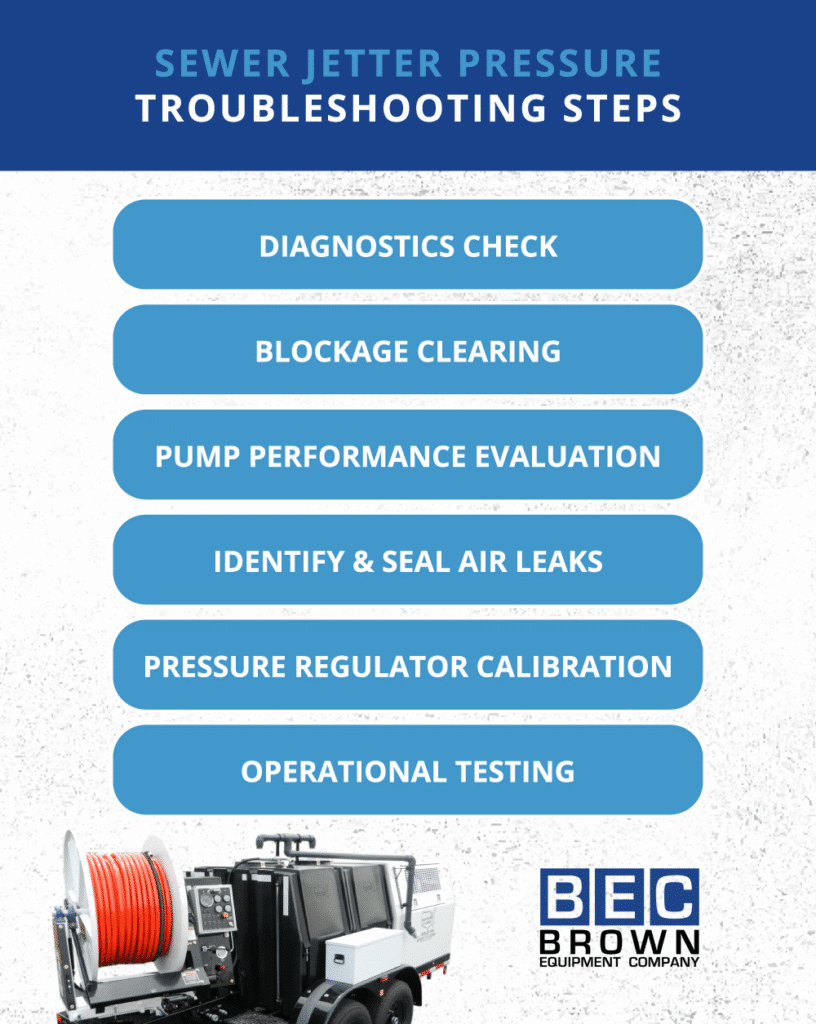

Diagnostic Checks
- Verify that the water supply meets the jetter’s requirements.
- Perform a visual inspection of hoses, nozzles, and connections to identify obvious damages or blockages.
- Check hoses for kinks or wear that could restrict flow.
2. Clear Blockages
- Disconnect the hose and flush it with clean water.
- Inspect nozzles for debris buildup and gently clean them using a brush or cleaning kit.
- Reassemble all connections and test the sewer jetter to check for improvements.
3. Evaluate Pump Performance
- Check oil levels and examine pump seals for leaks.
- Listen for abnormal sounds, such as grinding or rattling, which may indicate internal wear.
- If issues persist, refer to the equipment manual or consult a qualified technician.
4. Identify and Seal Air Leaks
- Examine all fittings and hoses for any cracked or loose components that might allow air entry.
- Conduct a leak test by lightly spraying water over suspected areas to check for bubbling.
- Repair or replace damaged parts and retest the system.
5. Calibrate the Pressure Regulator
- Adjust the regulator settings according to the manufacturer’s guidelines.
- Monitor gauge readings to ensure stable pressure output.
- If recalibration does not stabilize the pressure, consider replacing the regulator.
6. Test Under Operational Conditions
- Reconnect the sewer jetter to a sufficient water source and activate it.
- Observe whether spray patterns and pressure remain stable during use.
- Confirm that all issues are resolved before resuming full operations.
Should the basic troubleshooting steps not resolve the issues, further investigation may be necessary. Persistent problems such as intermittent pressure drops or erratic pump behavior could point to deeper mechanical or system-related issues.
Advanced Troubleshooting and When to Call an Expert
After conducting initial checks and implementing the step-by-step troubleshooting techniques, persistent issues may still affect the performance of your sewer jetter. In such cases, advanced troubleshooting becomes necessary, including the use of diagnostic equipment to assess underlying mechanical faults or software diagnostics for modern, tech-advanced models. However, if these strategies fail to resolve the issues or the complexity surpasses general repair skills, it’s prudent to engage a professional technician who specializes in jetter maintenance.
Experts possess the necessary experience and tools to efficiently diagnose and fix intricate problems, ensuring that your equipment returns to its optimal operational state.
In such cases:
- Review historical performance data to identify any trends that might signal potential future issues.
- Plan regular, in-depth inspections that include comprehensive pump and regulator evaluations to minimize unexpected downtime.
- Use specialized diagnostic tools to measure pressure at various points in the system, which can help locate subtle leaks or partial blockages.
- Consider professional diagnostics. Engaging a trained service technician can be beneficial when minor fixes do not restore normal operation.
Brown Equipment Company (BEC), for example, is built on a foundation of trust, hard work, and a commitment to serving their community. From solving complex challenges to supporting one another in the field, this is what pride, purpose, and teamwork look like. The service techs at Brown Equipment are more than skilled—they’re the heart of what they do.
Watch the video below which highlights the people and principles that make BEC different.
Preventive Maintenance Tips
Preventive maintenance is essential to ensure your sewer jetter operates smoothly and efficiently over the long term. Regular upkeep not only reduces the likelihood of unexpected pressure issues but also extends the life of the equipment, saving on costly repairs and downtime. By integrating a routine maintenance schedule, you can avoid common pitfalls and keep your jetter in peak condition. Here’s a detailed list of maintenance practices to implement:
- Daily Visual Inspections:
- Check hoses, nozzles, and connections for any signs of wear or damage.
- Look for loose fittings or leaks that could affect performance.
- Routine Flushing and Cleaning:
- Regularly flush the system to remove debris and mineral buildup.
- Clean nozzles with appropriate tools to ensure clear water flow.
- Regular Replacement of Worn Components:
- Replace seals, hoses, and other parts as they show signs of wear.
- Stick to a scheduled maintenance plan to replace at-risk components before failure.
- Seasonal Checkups:
- Perform thorough inspections when transitioning between different weather conditions to ensure optimal performance in varying temperatures.
- Detailed Maintenance Records:
- Keep comprehensive logs of all maintenance activities, repairs, and inspections.
- Review records periodically to identify patterns or recurring issues that need addressing.
- Following Manufacturer’s Service Intervals:
- Adhere to the recommended service intervals set by the manufacturer to maintain efficiency and ensure warranty coverage remains intact.
- Consult the manual for equipment-specific maintenance advice.
By adhering to these preventive maintenance tips, you equip your sewer jetter for consistent performance, optimizing its functionality while minimizing unexpected issues. Establishing a proactive maintenance routine not only safeguards your investment but also boosts operational efficiency and reliability, allowing you to focus on the task rather than the tools.
How Brown Equipment Company Can Enhance Your Jetter’s Performance
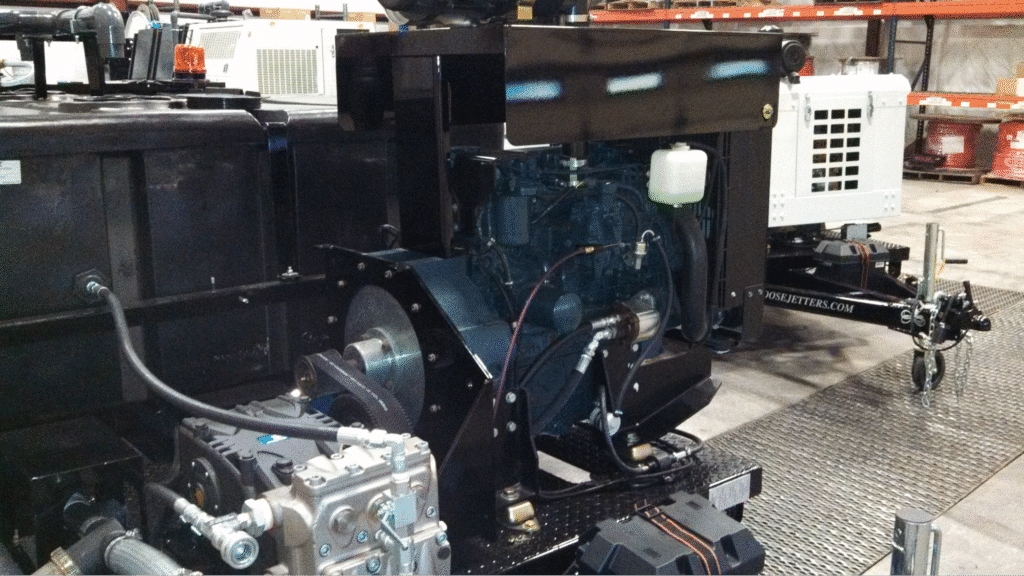
Brown Equipment Company not only offers a variety of sewer and water equipment solutions, but they also offer a range of support services designed to keep your jetters, and other equipment, operating efficiently. Whether you need replacement parts, technical expertise, system reconditioning, or specialized fabrication, their team can tailor solutions to meet your operational requirements.
By partnering with a trusted provider, municipalities and contractors gain peace of mind knowing downtime is minimized and performance is optimized throughout the equipment’s lifespan.
Maximize Your Jetter’s Efficiency and Longevity
Sewer jetter performance hinges on consistent water pressure. By promptly addressing issues—whether through clearing blockages, checking pump performance, sealing air leaks, or calibrating the pressure regulator—you maintain peak efficiency and reduce costly downtime. Regular preventive maintenance is vital for extending equipment life and minimizing repairs. For dependable service and expert assistance, consider the support services available from Brown Equipment Company. Find your equipment consultant today to start the conversation.
